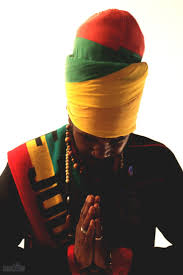NAIROBI, Kenya from at the recent opening of the newest Rastafari place of worship just outside Kenya’s capital, a group of devoted followers came together to sing rhythmic songs, read Scripture, and share teachings about living the right way. This special event unveiling a tabernacle made from wooden poles and topped with iron sheets — shows how the community is growing in a country where Rastafari wasn’t always recognized as a genuine religion. That changed in 2019 when a court ruled in favor of a petitioner who faced discrimination after her school asked her to cut her dreadlocks, a hairstyle often worn by Rastafari followers. Because she refused to cut her locks, the student was expelled, but the High Court decided that Rastafari is a legitimate religion deserving protection, a decision later confirmed by the Supreme Court.

